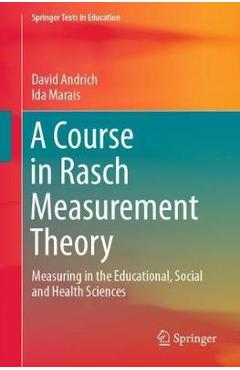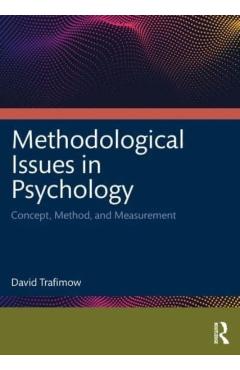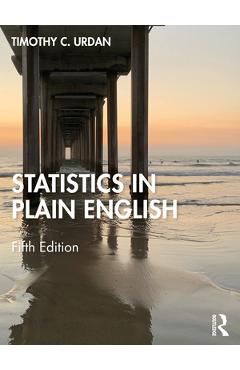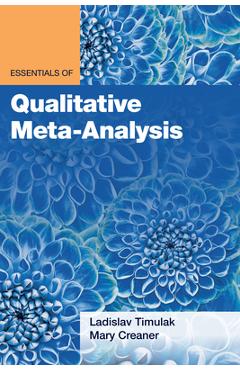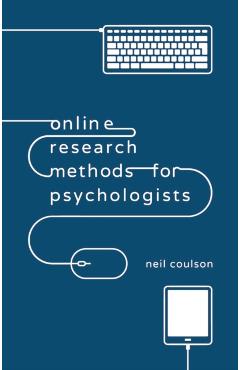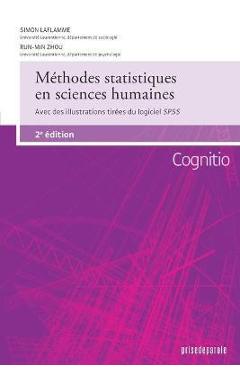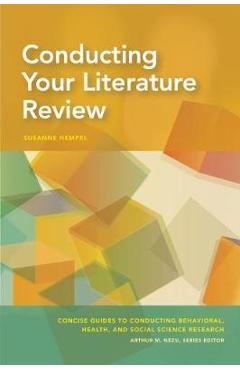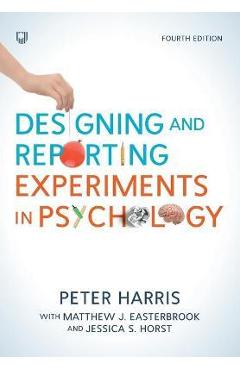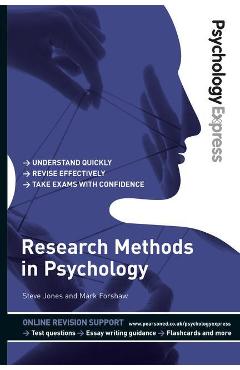Applying the Rasch Model: Fundamental Measurement in the Human Sciences

Applying the Rasch Model: Fundamental Measurement in the Human Sciences
Highlights of the new edition include: More learning tools to strengthen readers' understanding including chapter introductions, boldfaced key terms, chapter summaries, activities and suggested readings.
Greater emphasis on the use of R packages; readers can download the R code from the Routledge website.
Explores the distinction between numerical values, quantity and units, to understand the measurement and the role of the Rasch logit scale (Chapter 4).
A new four-option data set from the IASQ (Instrumental Attitude towards Self-assessment Questionnaire) for the Rating Scale Model (RSM) analysis exemplar (Chapter 6).
Clarifies the relationship between Rasch measurement, path analysis and SEM, with a host of new examples of Rasch measurement applied across health sciences, education and psychology (Chapter 10).
Intended as a text for graduate courses in measurement, item response theory, (advanced) research methods or quantitative analysis taught in psychology, education, human development, business, and other social and health sciences. Professionals in these areas will also appreciate the book's accessible introduction.
PRP: 444.18 Lei
Acesta este Pretul Recomandat de Producator. Pretul de vanzare al produsului este afisat mai jos.
399.76Lei
399.76Lei
444.18 LeiLivrare in 2-4 saptamani
Descrierea produsului
Highlights of the new edition include: More learning tools to strengthen readers' understanding including chapter introductions, boldfaced key terms, chapter summaries, activities and suggested readings.
Greater emphasis on the use of R packages; readers can download the R code from the Routledge website.
Explores the distinction between numerical values, quantity and units, to understand the measurement and the role of the Rasch logit scale (Chapter 4).
A new four-option data set from the IASQ (Instrumental Attitude towards Self-assessment Questionnaire) for the Rating Scale Model (RSM) analysis exemplar (Chapter 6).
Clarifies the relationship between Rasch measurement, path analysis and SEM, with a host of new examples of Rasch measurement applied across health sciences, education and psychology (Chapter 10).
Intended as a text for graduate courses in measurement, item response theory, (advanced) research methods or quantitative analysis taught in psychology, education, human development, business, and other social and health sciences. Professionals in these areas will also appreciate the book's accessible introduction.
Detaliile produsului









